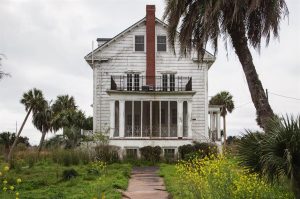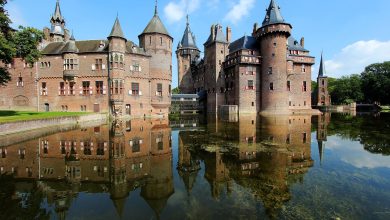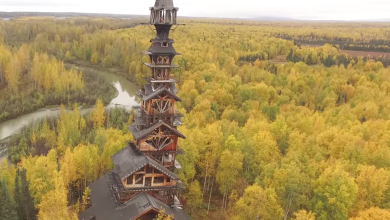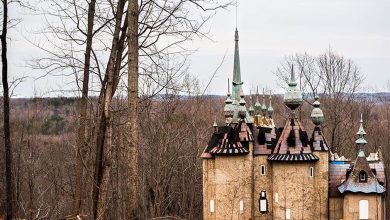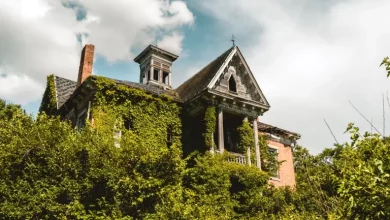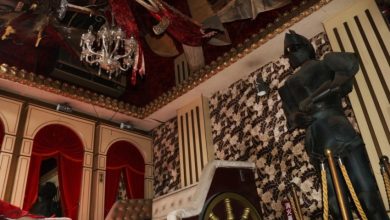Huston House, Butler Island, Georgia
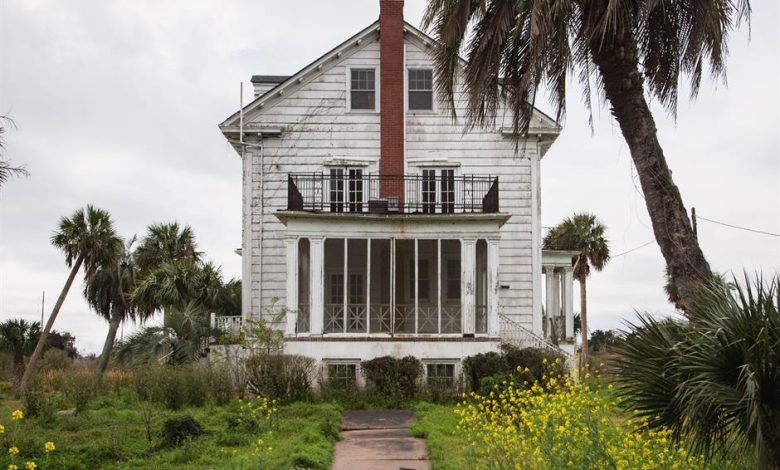
The famous co-owner of the New York Yankees, Tillinghast L’Hommedieu (T L) Huston was pivotal in the Major League Baseball team’s rise to the top.
After selling his stake in 1922, Huston used the proceeds to build an elegant clapboard mansion in Georgia, now left to wrack and ruin. Captured by photographer Leland Kent of Abandoned Southeast, take a tour of the forlorn property and discover its shocking history.

Born in Buffalo, New York, in 1867, T L Huston (nicknamed ‘Cap’) trained as a civil engineer and went on to serve as a captain in Cuba during the Spanish-American War of 1898. Following the conflict, Huston remained in the country to help rebuild its infrastructure, establishing a small fortune while he oversaw the construction of motorways, ports and sewerage systems.In 1915, Huston partnered with Jacob Ruppert to buy the struggling New York Yankees baseball team, paying £369,000 ($460k) – £9.4 million ($11.7m) in today’s money – for the then-ailing club. The duo spent lavishly on new talent and the team’s fortunes began to turn around spectacularly.

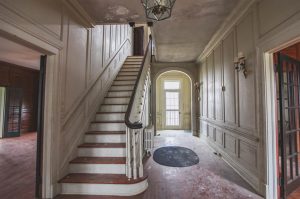
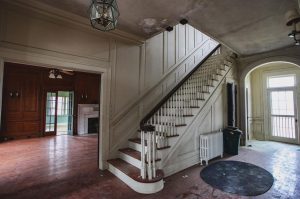
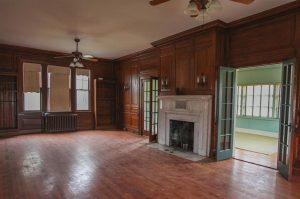
The pair’s major achievement came in 1920, when they bagged legendary player George Herman ‘Babe’ Ruth from the Boston Red Sox for £100,000 ($125k), which works out at £1.3 million ($1.6m) when adjusted for inflation. Widely regarded as ‘The Deal of the Century’, the purchase cemented the Yankees’ success, and then some. By 1921, the club even amassed enough money to build a shiny new stadium of its own in the heart of the Bronx.The opening day programme for ‘The Cathedral of Baseball’ is pictured here. Depicted on the cover, Huston, who had been promoted from captain to colonel during World War I, sold his stake to Ruppert in 1922 for £1.2 million ($1.5m), a whopping £18 million ($22.5m) in today’s money.In 1926, Huston used the proceeds of the sale to snap up the Butler Island Plantation near Darien, Georgia, and set about building an elegant clapboard mansion.
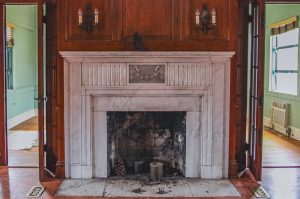
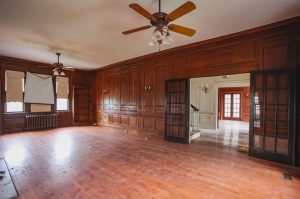
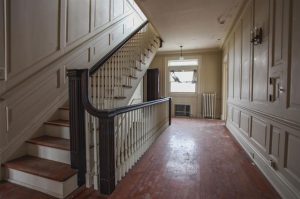
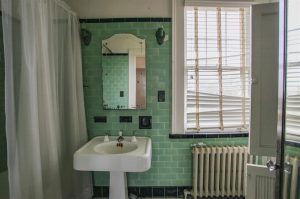
However, the former rice plantation came complete with a shocking past. Established by Founding Father Major Pierce Butler in the 1790s, the estate was home to hundreds of enslaved people from West Africa who were forced to live and work in the most atrocious conditions.The plantation later passed to Major Butler’s grandson Pierce Mease Butler, who spent the winter of 1838/39 at the estate with his wife, the British stage actress Frances Anne ‘Fanny’ Kemble, and their two daughters. An ardent abolitionist, Kemble was appalled by what she witnessed and kept a journal recording the horrendous treatment of the enslaved people and the disgraceful conditions they had to endure.The couple divorced in 1849, partly as a result of their widely differing stances on slavery. Butler went on to run up massive debts. To save himself from penury, the unscrupulous slaveholder organised the largest single sale of enslaved people in US history in March 1859. The Great Slave Auction, aka the Weeping Time, separated families and caused untold distress. In defiance of her ex-husband, Kemble went on to publish her anti-slavery journal which was lauded by abolitionists.
After the war and outlawing of slavery, Butler attempted to operate the plantation with free labour but was unable to turn a profit. The estate remained in the ownership of the Butler family until it was acquired by T. L. Huston in 1926. The chimney of the rice mill and brick kiln are the only original plantation structures that have survived to the present day and are stark reminders of the estate’s sinister history.

